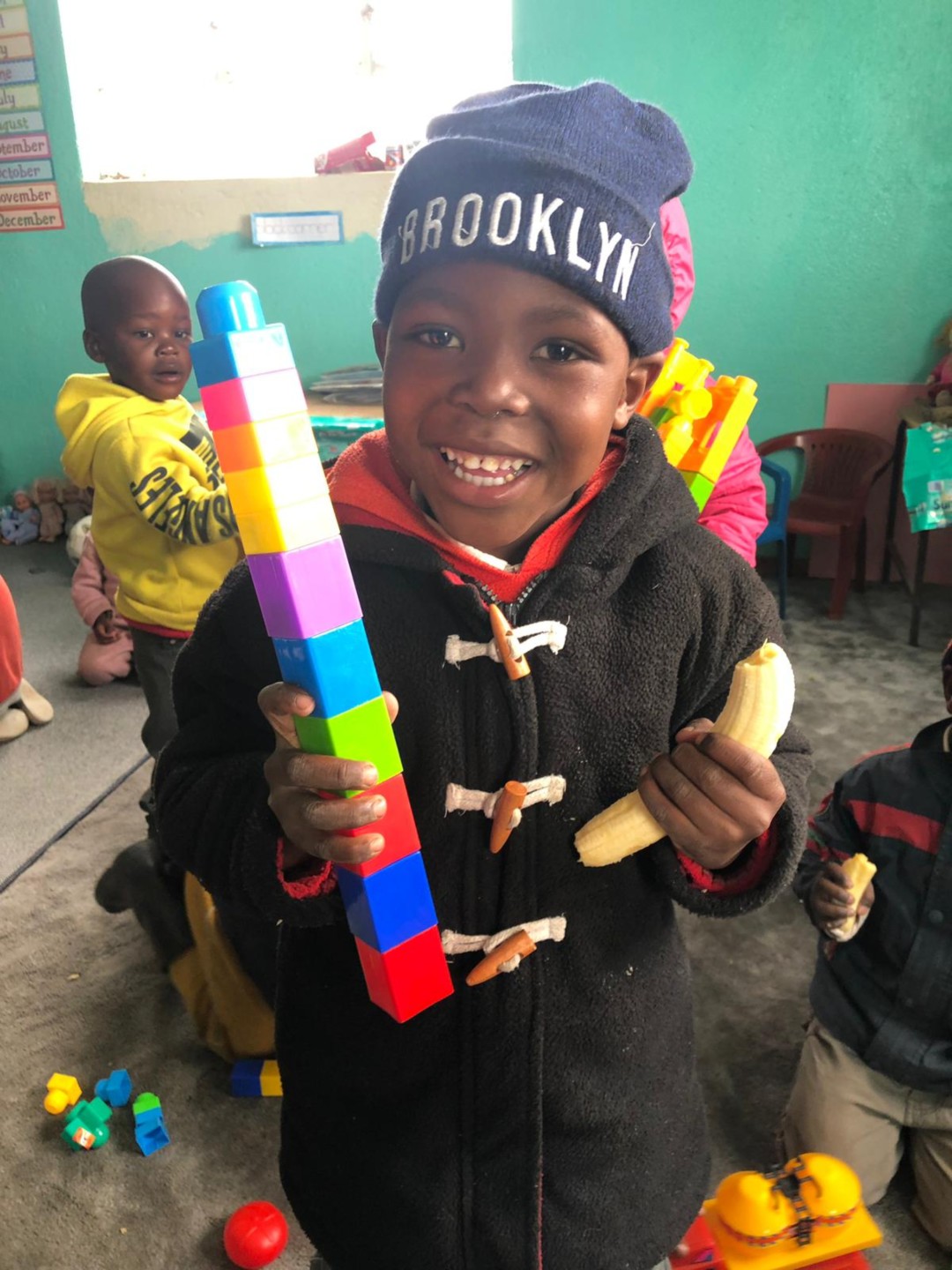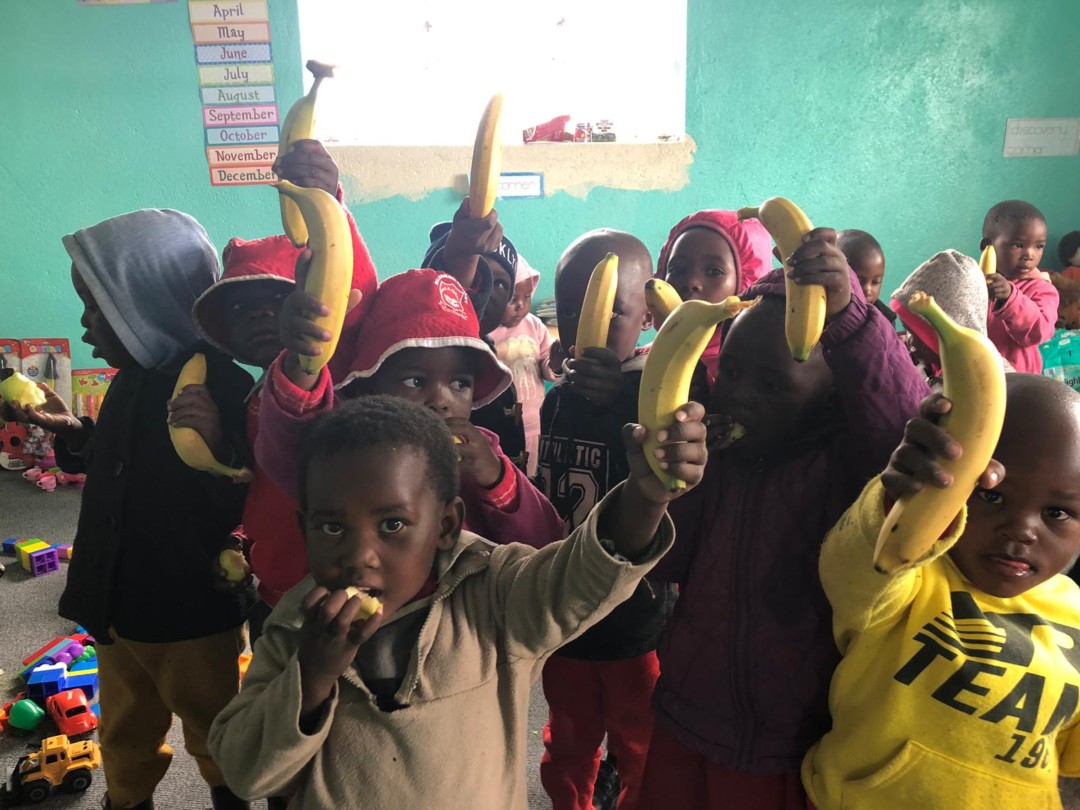Early childhood education support and training
The project aimed to construct a new school building for the Early Childhood Development (ECD) school in Senkoase. Additional activities included identifying and enrolling children from the community to the ECD school and creating a school garden to provide students daily nutritious meals. Jobs were to be created for local Basotho, through teaching, construction and health positions and residents empowered by giving ownership of the school back to the community. TTL implement monthly visits and medical check-ups to ensure that the classroom environment is healthy and productive, improving the children’s overall health and attendance.
A new ECD school building was successfully constructed and inaugurated in 2019. The new educational materials, classroom space and community involvement in the school’s construction all contributed to the record number of 31 registered students. In addition, all the schools supported by TTL, including the new school in Senkoase received, each month, highly nutritious meals and snacks for all of the children, taking pressure off parents and motivating them to continue paying school fees. A garden was established at the Senkoase school, together with a rainwater harvesting system for irrigation. The spinach, kale, carrots and cabbage grown will help sustain the school and provide the children with nutritious vegetables in their school meals.
Founded in 2004, Touching Tiny Lives is a registered charity in Lesotho. It is dedicated to providing assistance to orphaned and vulnerable children affected by HIV/AIDS and malnutrition.
Type
Education / Environment / Community DevelopmentDuration
January 2019 – July 2020Location
Senkoase / LesothoWith whom
Touching Tiny Lives
Website




Lesotho
Population
2.23 million (2017)
Per Capita Income
USD 1,210/ an (2017)
Poverty rate *
53% (2017)
Literacy rate
77% (2016)
Human Development Index
159th out of 189 countries (2018)
Over the past two decades, Lesotho has made little progress in lowering its poverty headcount rate from 60% (2002) to 53% (2018). High inequality and poverty coupled with high unemployment (28%) are exacerbated by lack of infrastructure and harsh climate in the mountain districts. Lesotho’s greatest challenge remains its high HIV/AIDS prevalence (one in 4 of the adult population) and its TB co-epidemic. 40% of children suffer from chronic malnutrition and one in ten does not survive its 5th birthday. Although budgetary allocations amount to almost 9% of GDP, this has not translated in improvements in key health outcomes. Similarly, despite huge public spending in the education sector, poor educational outcomes persist amid concerns about equitable access. Subsistence farming remains the main source of income but its importance and magnitude is declining. The poorest quintile is the most affected.
Sources: World Food Program, UNICEF, World Bank, 2016 Human Development Report, Human Development Indices and Indicators (2018 Statistical Update)
*The percentage of the population living below the national poverty line.